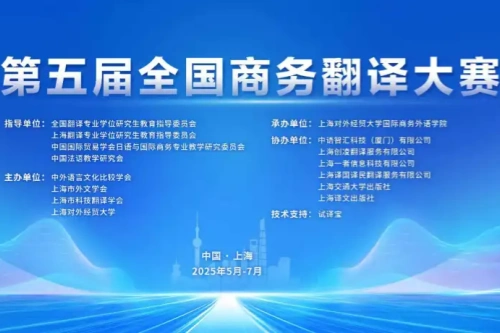Let’s pour some thought bubbles into the ideas jacuzzi
The word “brainstorming” conjures up a vision of hell. It is someone saying, “Fire up the brainwaves barbecue.” It is trying desperately to work out where everyone else’s cursors have gone on a digital whiteboard. It is hearing the line “there are no bad ideas” and thinking “how did this get scheduled then?”
Yet brainstorming persists, and for decent reasons. Normal routines afford employees precious little time to think. Getting a group of people together is an opportunity to harness disparate viewpoints. Producing, filtering and selecting new ideas in an efficient way is an appealing proposition. So why is brainstorming often so painful?
The problem is that brainstorming must strike a balance between a series of competing imperatives. One tension is between creativity and feasibility. A brainstorm is meant to be freeing, a chance to ask out-of-the-box questions (like, “Wouldn’t it be great if people had prosthetic tails?”). But it is also meant to produce suggestions that can actually be translated into reality, which calls for a more pragmatic style of thinking (like, “What are you talking about? We work at a salad chain.”).
Research carried out in 2017 found that different types of ideas emerge at different stages of a brainstorm. The most feasible suggestions were generated at the start of brainstorming sessions, presumably because they were also more obvious, and the most original ones came later. Both types risk producing a “what’s the point?” reaction from participants: incrementalism is unexciting, wild schemes are not going anywhere.
A second tension is between managers and non-managers. By its nature brainstorming is insiderish. Someone has to arrange the session, and that person is often the manager of a team. If decision-makers are not in the room, then the suspicion will grow that time is being wasted. If they are, then hierarchies easily assert themselves: good ideas can wither with a frown from the boss, and bad ones can survive with a nod.
A related issue concerns the presence of outsiders. There is a natural temptation to keep drawing on the same senior people within an organisation to generate ideas: these are the ones who get things done, who understand a company’s strategy.
Yet reams of research suggest that outsiders bring a fresh perspective. That might be people from related industries: in an experiment carried out in 2013, carpenters, roofers and rollerbladers were asked how to improve safety gear in all of their fields and the most novel ideas came from people who were not in the area in question. But it might also be middle managers or front-line employees who have direct contact with customers.
A third balance to strike is between different personalities and different styles of thinking. A new paper from researchers at Columbia Business School and Stanford Graduate School of Business finds that brainstorming on Zoom comes at a cost to creativity: as people’s visual focus narrows on the screen in front of them, their cognitive range also seems to become more limited. But if in-person gatherings are better, they also do not work equally well for everyone. Some personalities are immediately comfortable saying what they think; others need to be coaxed to share their opinions.
These are known problems, and there are plenty of ideas out there to solve them. The trouble is that lots of them feel like they are themselves the product of a bad brainstorming session. “Figure-storming” is a way for people to combat groupthink by pretending to be a famous person (“how would the queen improve cloud computing?”). “Step-laddering” involves people joining a brainstorm one by one, for reasons that are not entirely clear. Breaking the ice by throwing a word-association ball at each other is a brilliant idea, if you are throwing a birthday party for ten-year-olds.
Some simpler rules are much more likely to help. Define the parameters of a brainstorming session upfront. Try to make a specific thing work better rather than to shoot for the Moon. Involve people you don’t know, as well as those you do. Start by getting people to write their ideas down in silence, so extroverts and bosses have less chance to dominate. And be clear about the next steps after the session is over; the attraction of holding a “design sprint”, a week-long, clear-the-diary way for a team to develop and test product prototypes, is that the thread connecting ideas to outcomes is taut. All of which would make brainstorming a little more thought-provoking and a tad less heart-sinking.















